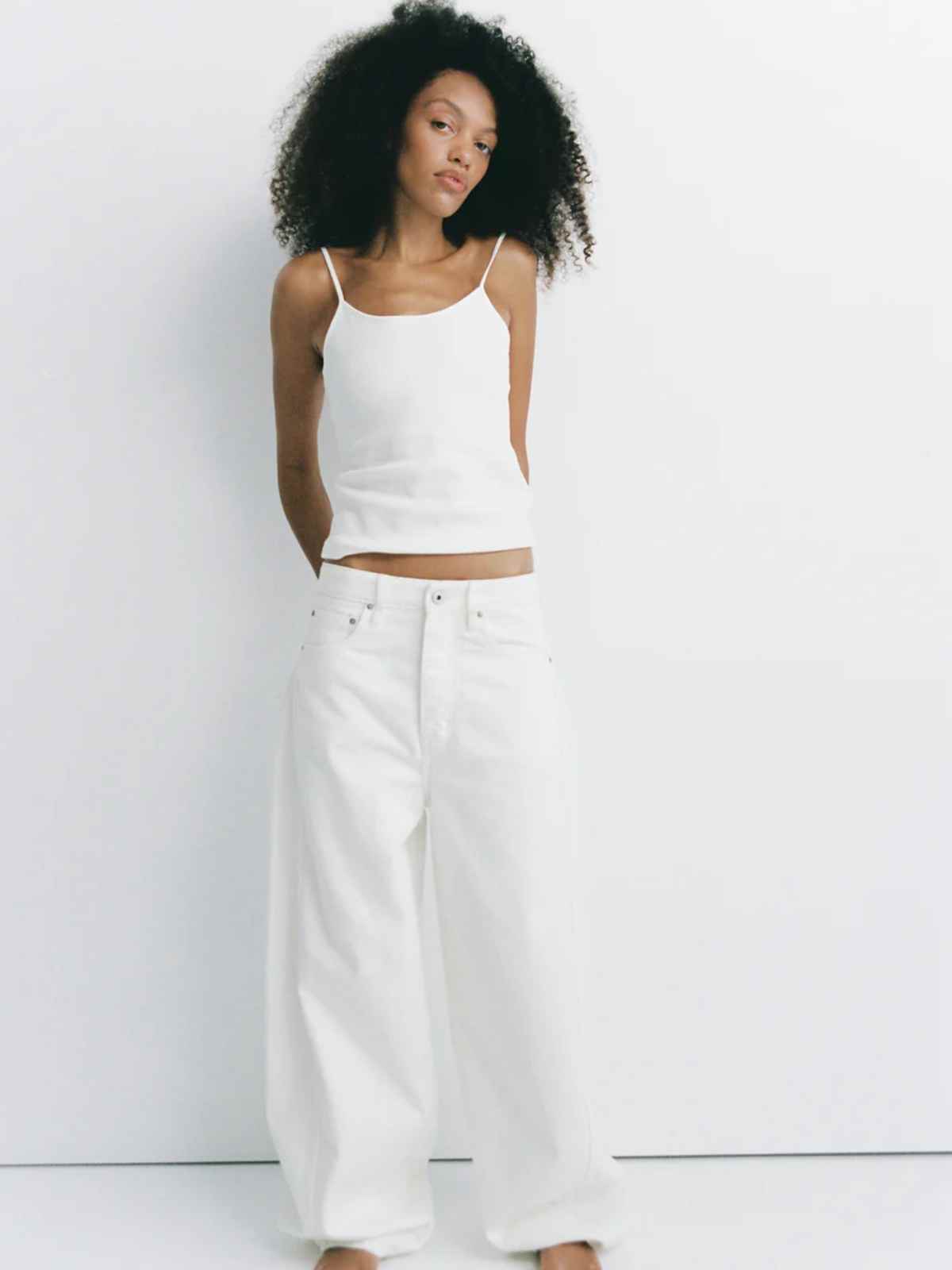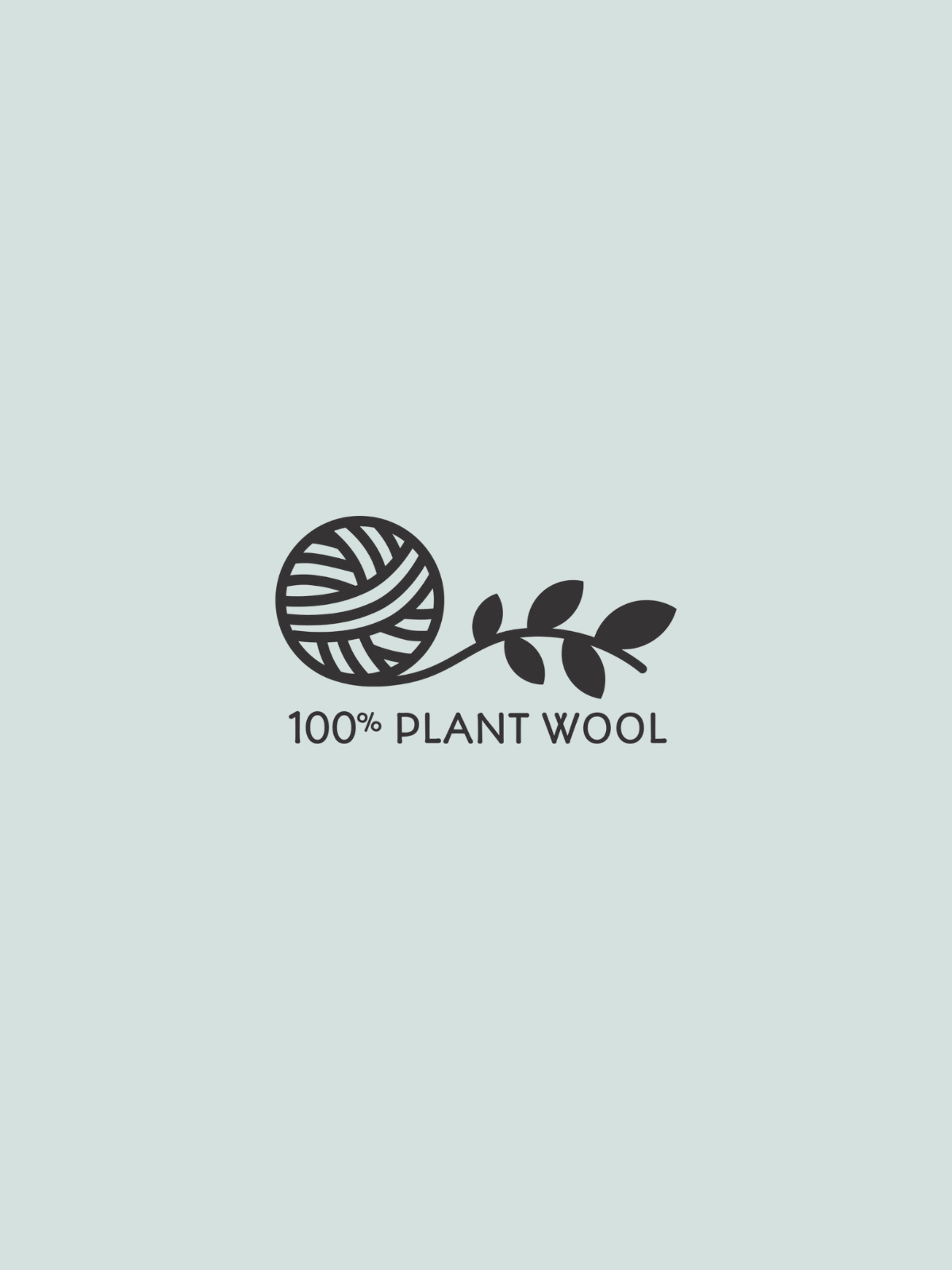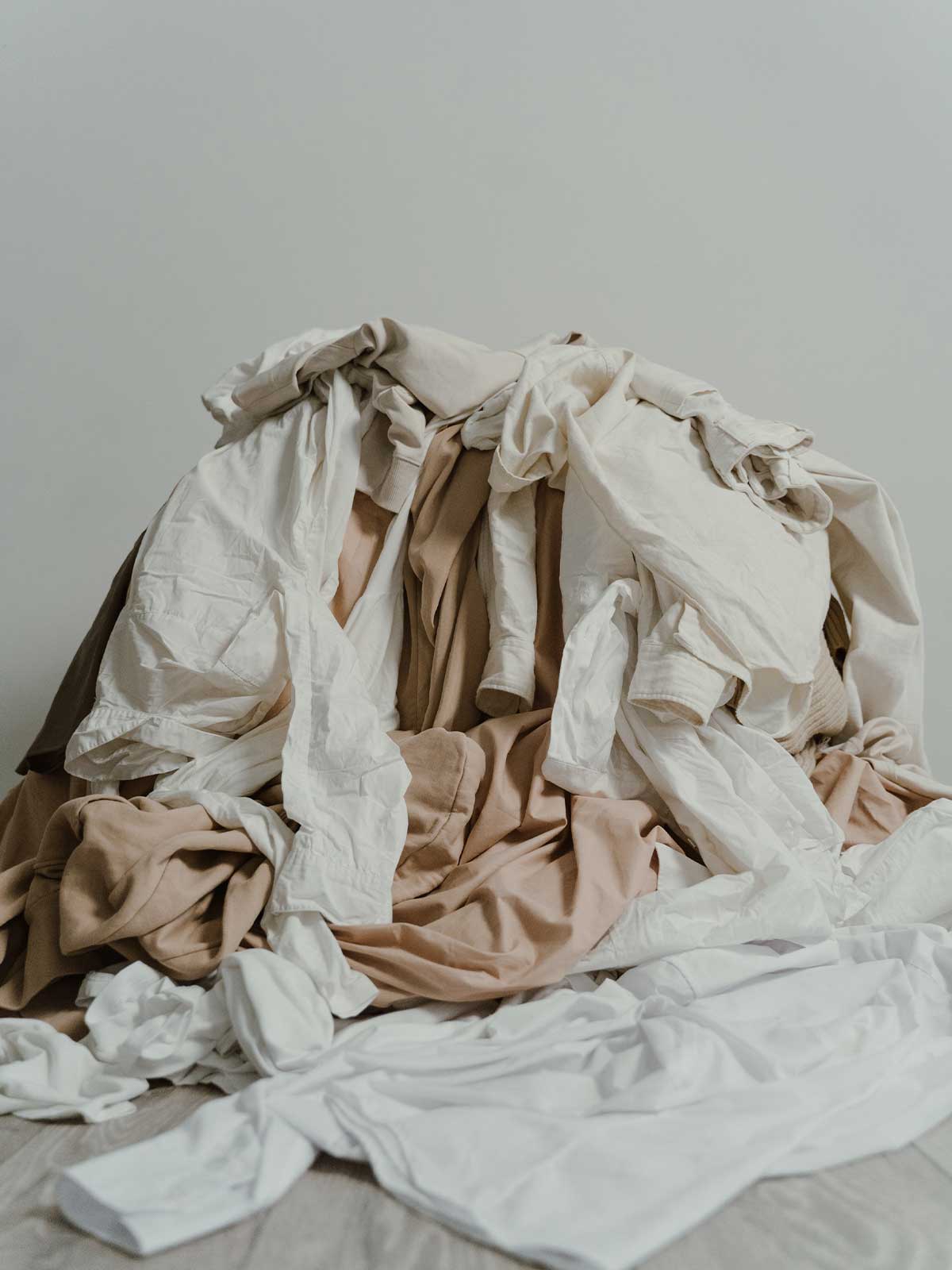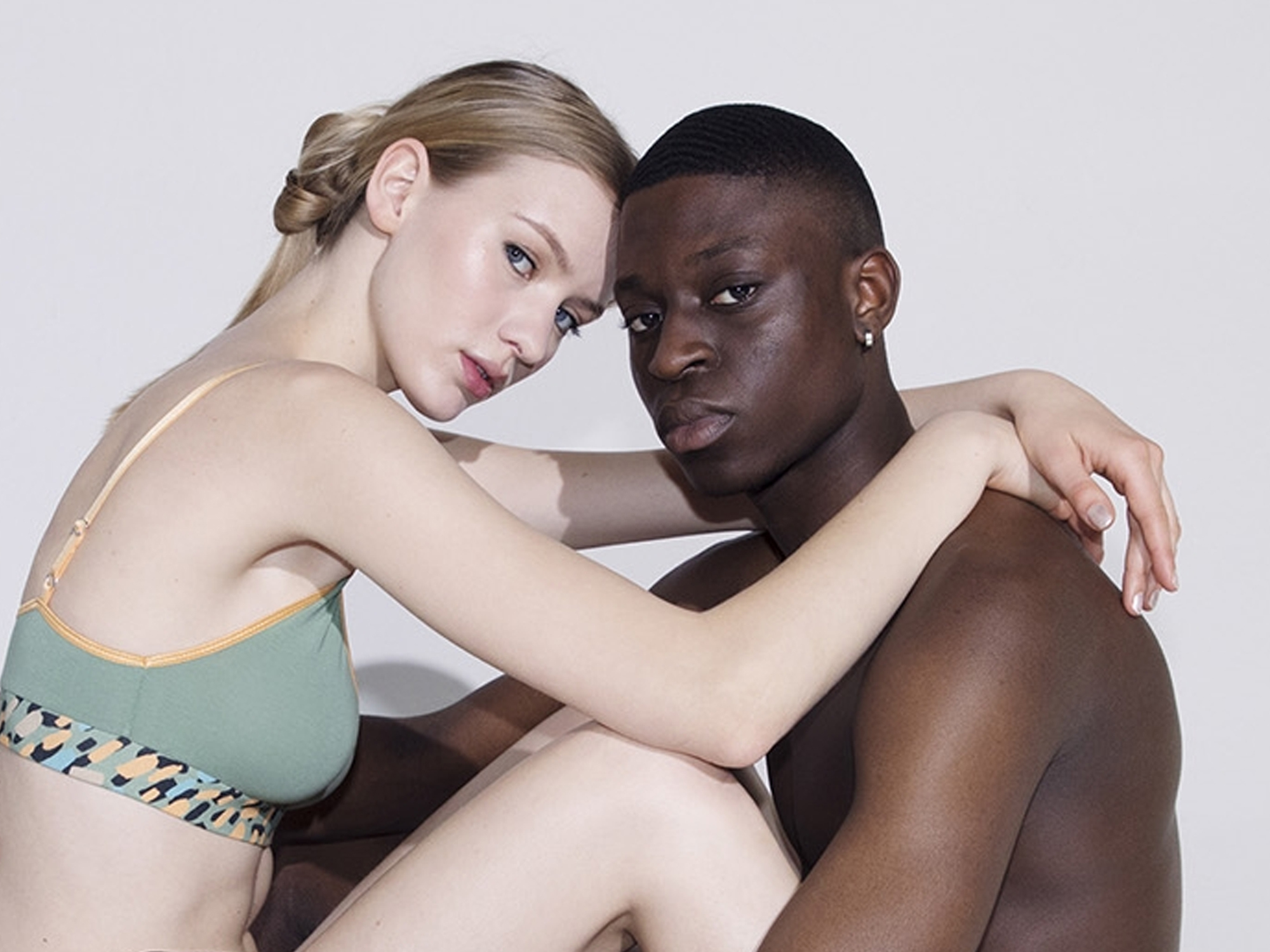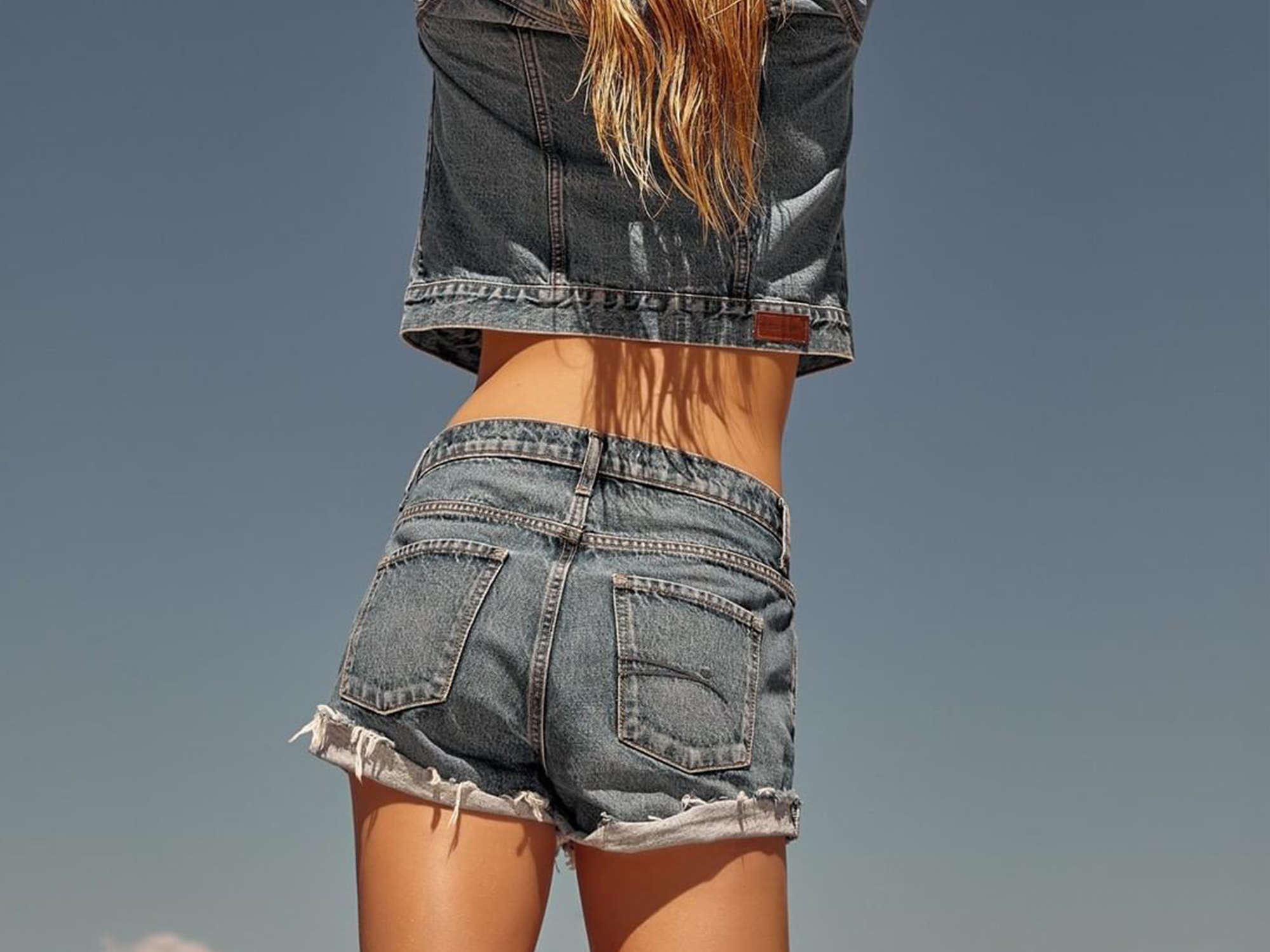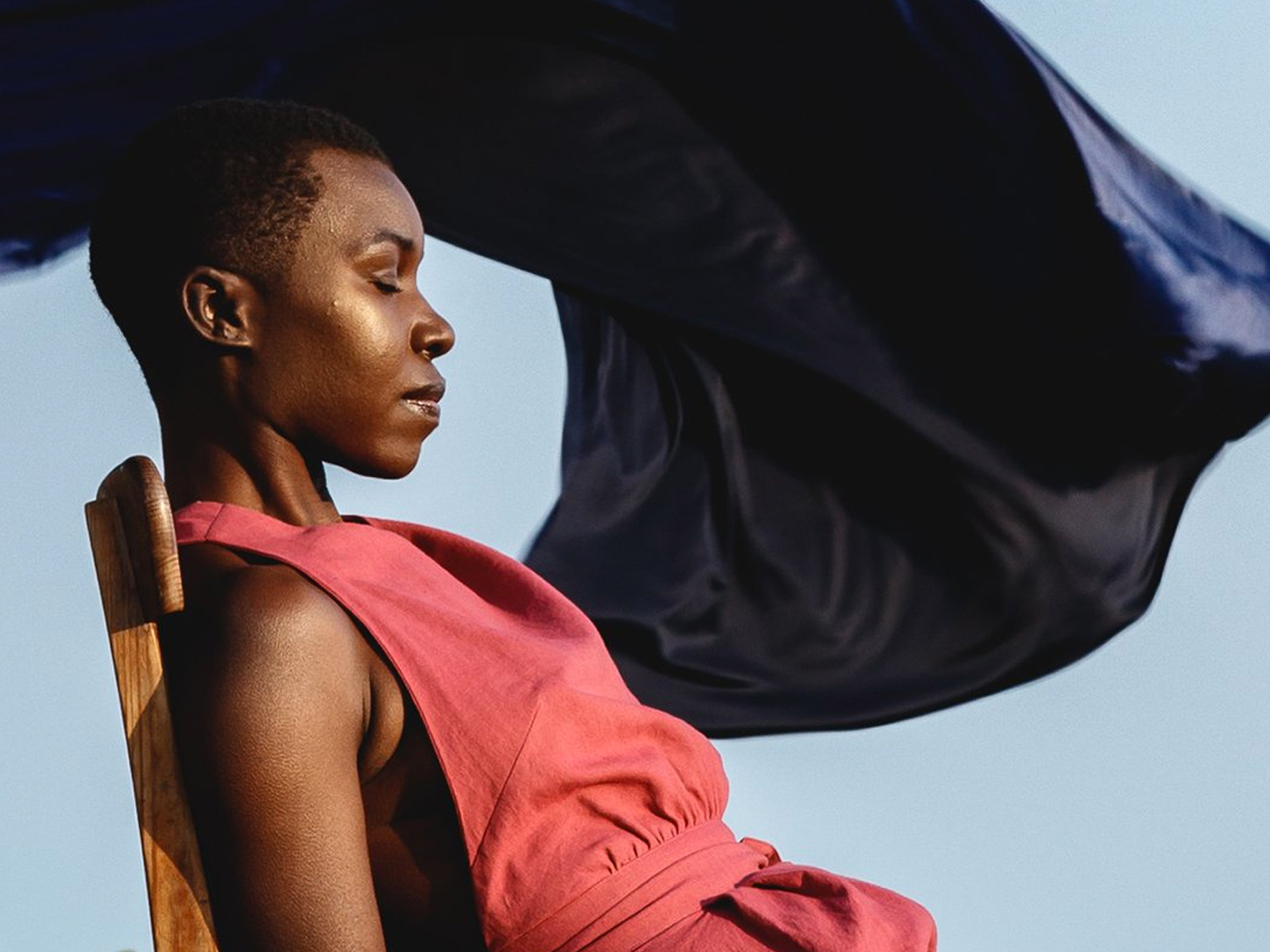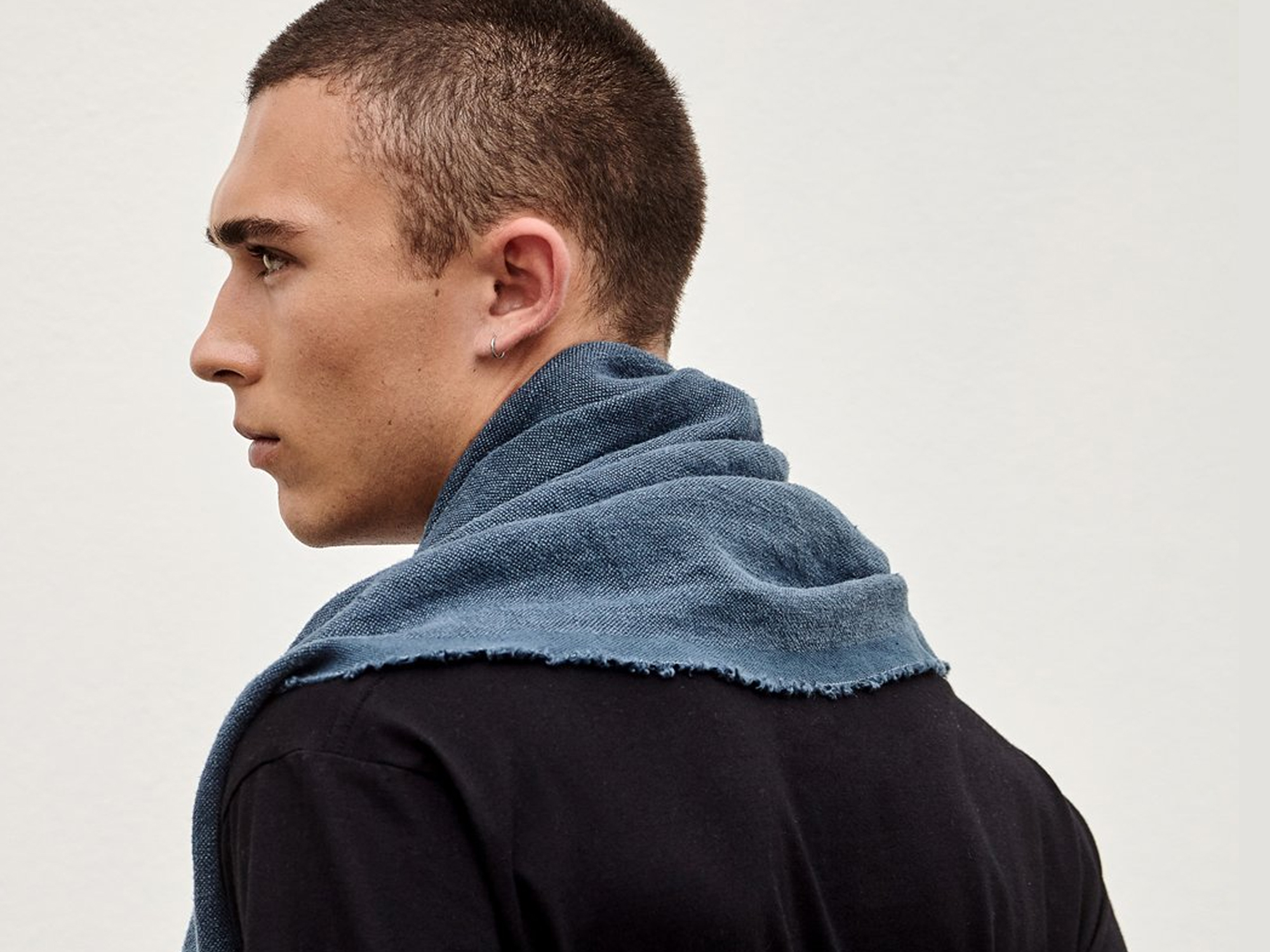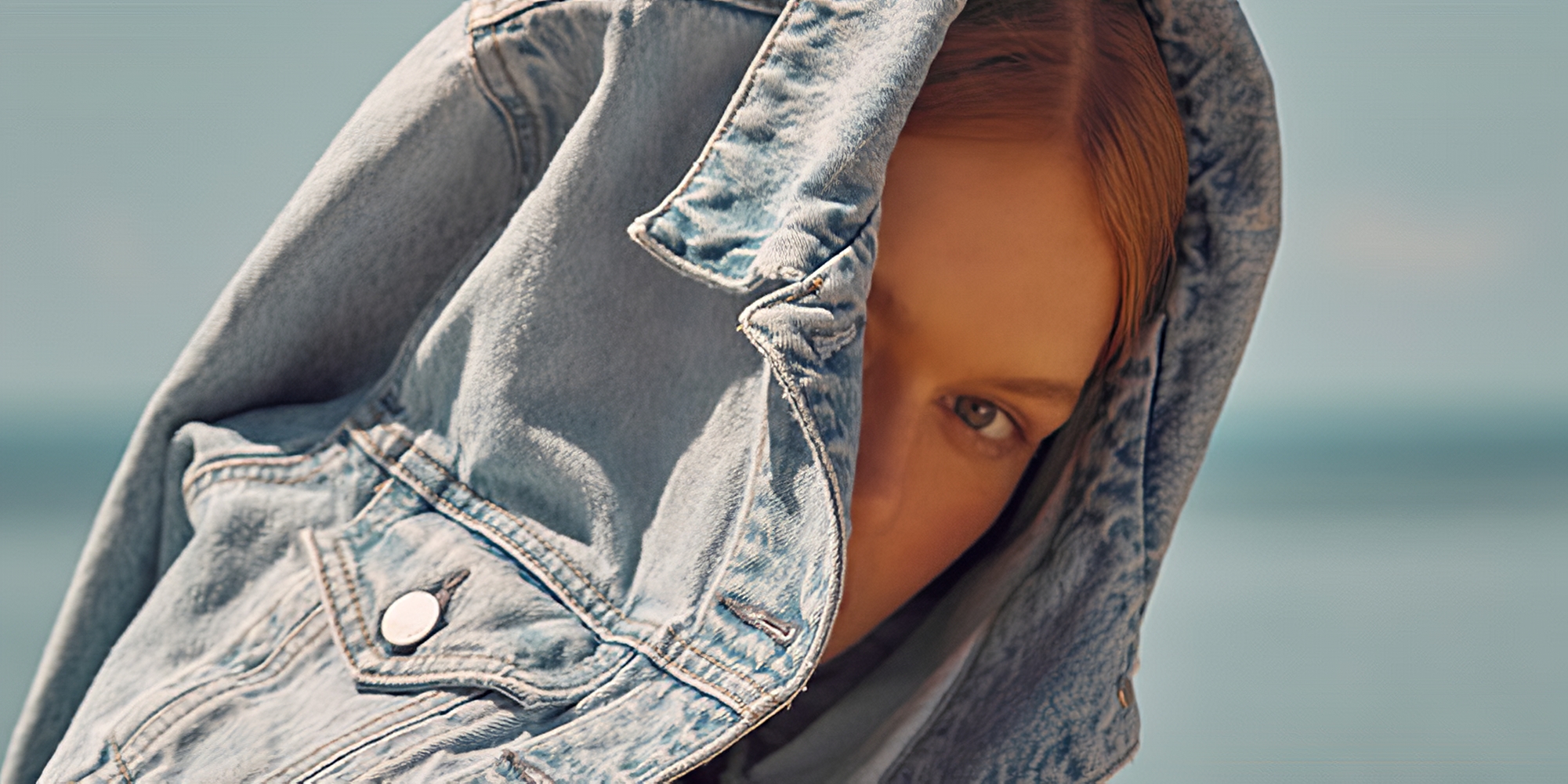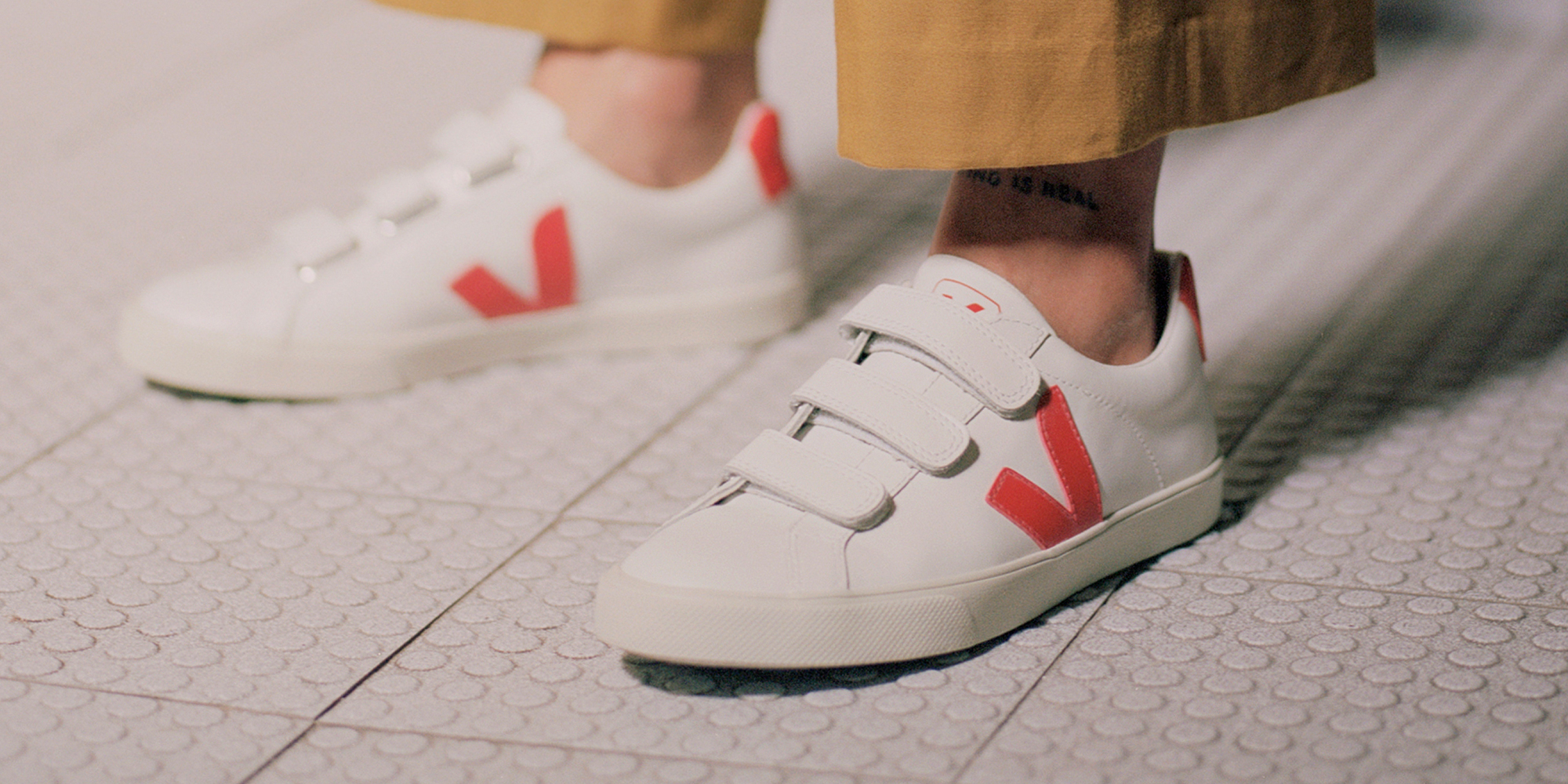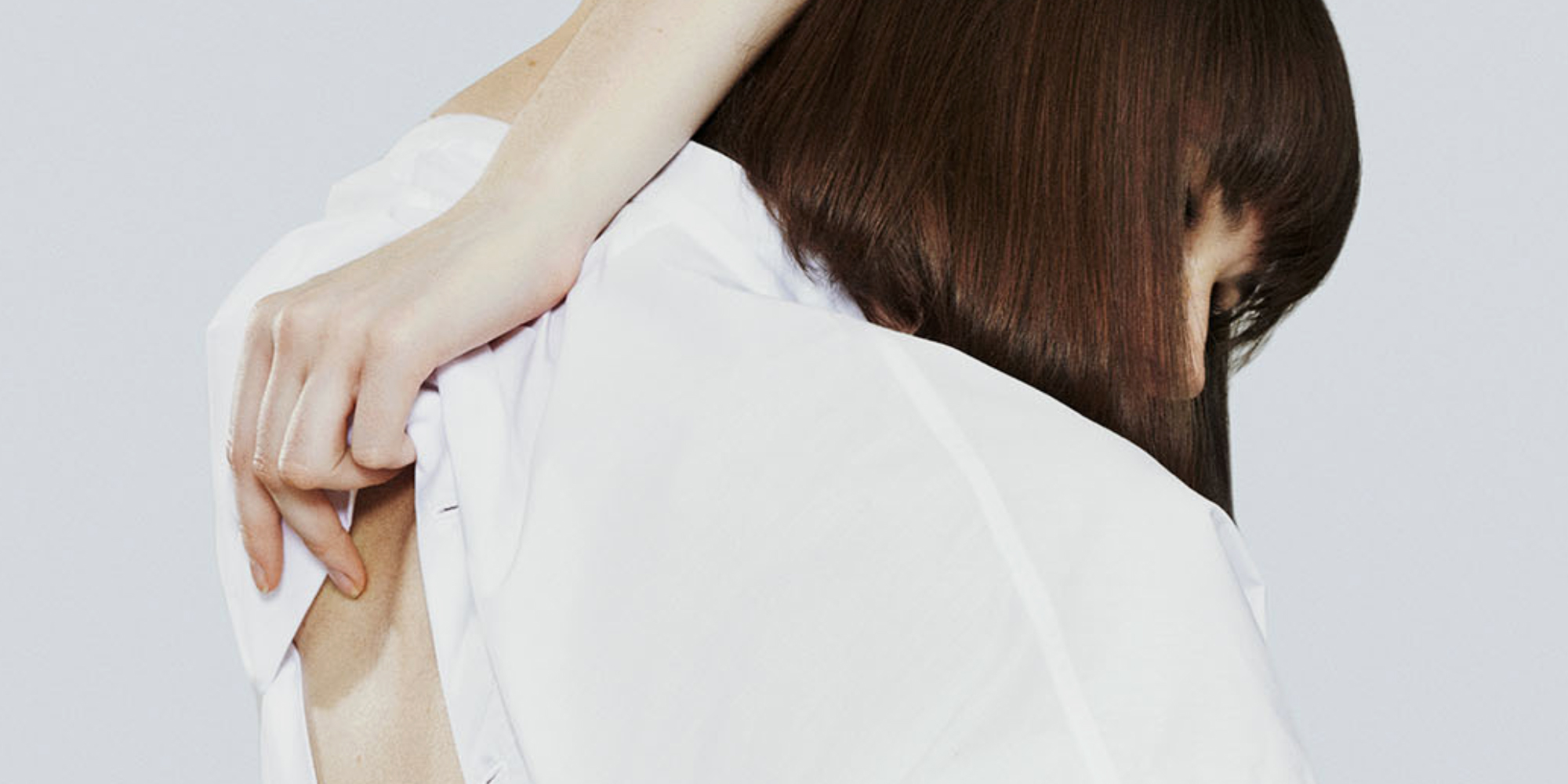In the past decade, society has woken up to the fact that the fashion industry—especially fast fashion—has a massive negative impact on the world. We laid it all out with our 20 hard facts about fast fashion—from big brands not paying their workers living wages; to the continued widespread use of environmentally-damaging fabrics like polyester; to the unnecessary suffering of animals to make our handbags and coats. But it’s not all bad news. In fact, sustainability is trending! With the challenges facing so much of the world in 2020, brands and consumers alike were forced to swap their blinders for facemasks and confront the truth: the industry needs to change. And it is. Read on to discover 9 sustainable fashion statistics and quotes that will give you hope for the future of an industry in the midst of a transformation.
1. “My prediction for 2021 is that hopefully, people will slow down even more. I’ve always stated that it’s not about having the most sustainable garments in your closet at all times, but simply wearing the clothing in your closet a lot and giving it all a good life.” (Aja Barber for The Sustainable Fashion Forum, 2021)
The simple truth is that most of us have more than enough clothes in our closets already. Why not learn to fall back in love with the clothes you already own? And as needed, augment with essentials and quirky second hand purchases. The planet will thank you for it.
2. “As the millennial generation gains purchasing power, their high expectations that businesses will operate in a sustainable manner could have a big influence on shopping trends.” (McKinsey, 2016)
Brands have recognised that younger generations value transparency and sustainability, and are willing to pay a little more for fashionable, quality products where they guarantee that their next clothing purchase prioritises the planet and its inhabitants.
At Good On You we’ve seen more and more signs that consumer demand for sustainable fashion is on the rise. Our users tell us all the time how much they value Good On You and how it’s changed the way they shop.
3. “I don’t tend to buy a lot of things, I have so many clothes I don’t have a life to wear them all! If I buy something new, I keep changing the target, and now I’ll be like, will I still wear it when I’m 60? 65?” (Livia Firth for Marie Claire, 2020)
Founder and Creative Director of sustainability and communications consultancy company Eco-Age knows a thing or two about sustainable fashion. In truth, this whole list could be filled with her quotes! She dropped some wisdom when chatting with Marie Claire, saying that if we do buy new, we should invest in quality pieces we know we’ll wear at least 30 times.
4. “Around 66% of respondents said that they consider sustainability when purchasing a luxury product.” (The Business Research Company, 2020)
Just because it’s luxury, doesn’t make it sustainable! Luxury fashion faces its share of scandals, from the use of controversial materials like fur, to burning millions of dollars worth of unsold stock every year. Since luxury is often the face of fashion, its reform is crucial in the process to give the fashion industry an ethical and sustainable makeover.
5. “Since the beginning of 2020, Lyst has seen a 37% increase in searches for sustainability-related keywords, with the average monthly searches increasing from 27,000 in 2019 to over 32,000 year to date.” (Lyst, 2020)
Good On You partnered with Lyst to bring you The 2020 Conscious Fashion Report, which is full to the brim with inspiring sustainable fashion statistics like this one. Some of the terms with the biggest search increase in recent years are “upcycled fashion”, “vegan leather”, “recycled plastic”, and “slow fashion”!
6. “Nearly half of fast fashion retailers have seen a decrease in sales this year.” (LIVEKINDLY, 2021)
Fast fashion has no place in a truly sustainable fashion industry—and this trend suggests the general population may be starting to think the same. As we take a step back and reevaluate the impacts of a terrible year, many of us are recognising the need to slow fashion down. For our sake, and the planet’s.
7. “Sustainability has become a factor of great importance in the purchasing decisions of today’s consumer. As individuals increasingly shift to lower and zero-waste lifestyles, questions surrounding materials used in packaging have become top-of-mind across various industries.” (Research and Markets, 2020)
While packaging is less important when thinking about reforming the sustainability issues within the fashion industry, and is often used by brands as a touch of greenwashing, that doesn’t mean it isn’t worth addressing. The amount of waste brands and consumers can keep out of landfill by incorporating eco-friendly packaging is significant—we’re talking 170kg per person per year—so we’re thrilled to see it on the rise!
8. “The Covid crisis shed more light on the problems with fast fashion and consumers became even more motivated to support brands doing good.” (Sandra Capponi, Good On You Co-Founder, for LIVEKINDLY, 2021)
The COVID-19 pandemic was—and is—devastating for countless people across the globe, including all the garment workers who lost their jobs or even their lives. But if we can take a moment to appreciate the silver lining, we should. People care more about supporting brands that are doing the right thing than ever before after experiencing firsthand what it’s like to live with less.
9. “According to sustainable fashion industry statistics, the market is expected to…grow to $9.81 billion in 2025 and $15.17 billion in 2030 at a CAGR of 9.1%.” (The Business Research Company, 2020)
This is one sustainable fashion statistic to rule them all. The ethical fashion industry is currently worth over $6.35 billion USD, and is predicted to almost triple in less than a decade. “The growth”, says the report, “is mainly due to the growing awareness about using ethical fashion for sustainability.” This is fantastic news for an industry in need of so much reform for people, the planet, and animals, and only helps to solidify our mission here at Good On You. You are the driving force behind this exponential growth, and are crucial in propelling the industry to where it needs to be. Our hope is that some day soon sustainability and ethics will be the norm for fashion and beyond, and these kinds of numbers prove that the world is well on its way!


